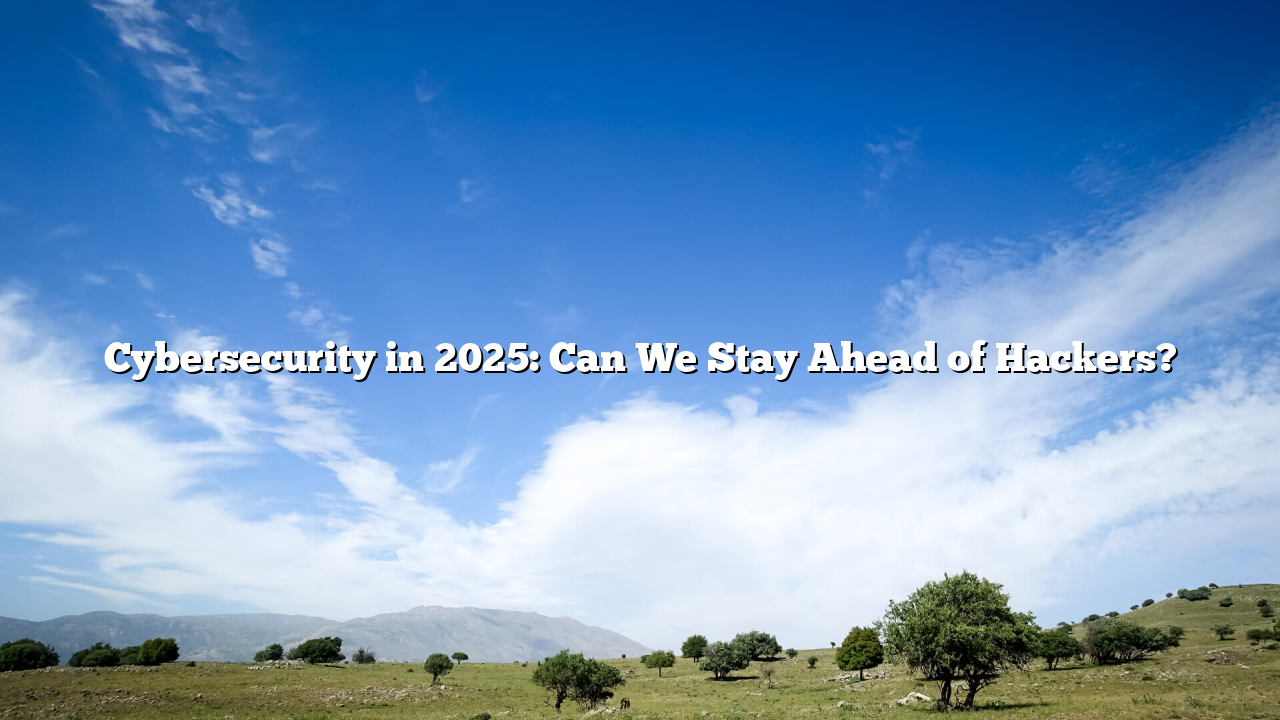As digital dependence grows, so does the threat of cyberattacks. In 2025, cybersecurity has become one of the most critical concerns for governments, businesses, and individuals alike. From ransomware attacks on hospitals to data indo168 breaches at multinational corporations, the risks have never been higher.
Hackers today are no longer lone individuals in basements—they are often organized groups, some with links to state actors. Their attacks target critical infrastructure such as power grids, banking systems, and healthcare networks. A single breach can cause billions in losses and disrupt the lives of millions.
On the defensive side, cybersecurity has also evolved. Companies now deploy AI-powered monitoring systems that can detect unusual activity in real time. These systems help prevent breaches before they escalate, but attackers often adapt just as quickly. It has become a digital arms race, with innovation on both sides.
One growing concern is the rise of deepfake-based scams. Criminals use AI to clone voices or faces, tricking people into transferring money or sharing sensitive information. These social engineering attacks are harder to stop because they exploit human trust rather than technical vulnerabilities.
Governments worldwide are responding with stricter data protection laws and international cooperation. Yet, cybersecurity remains a shared responsibility. Individuals must play their part by using strong passwords, enabling multi-factor authentication, and staying cautious of phishing attempts.
The future of cybersecurity will likely involve even tighter integration of quantum encryption and AI-based defenses. Still, no technology can fully eliminate risk. The question is not whether hackers will attack, but how prepared society will be to respond.
